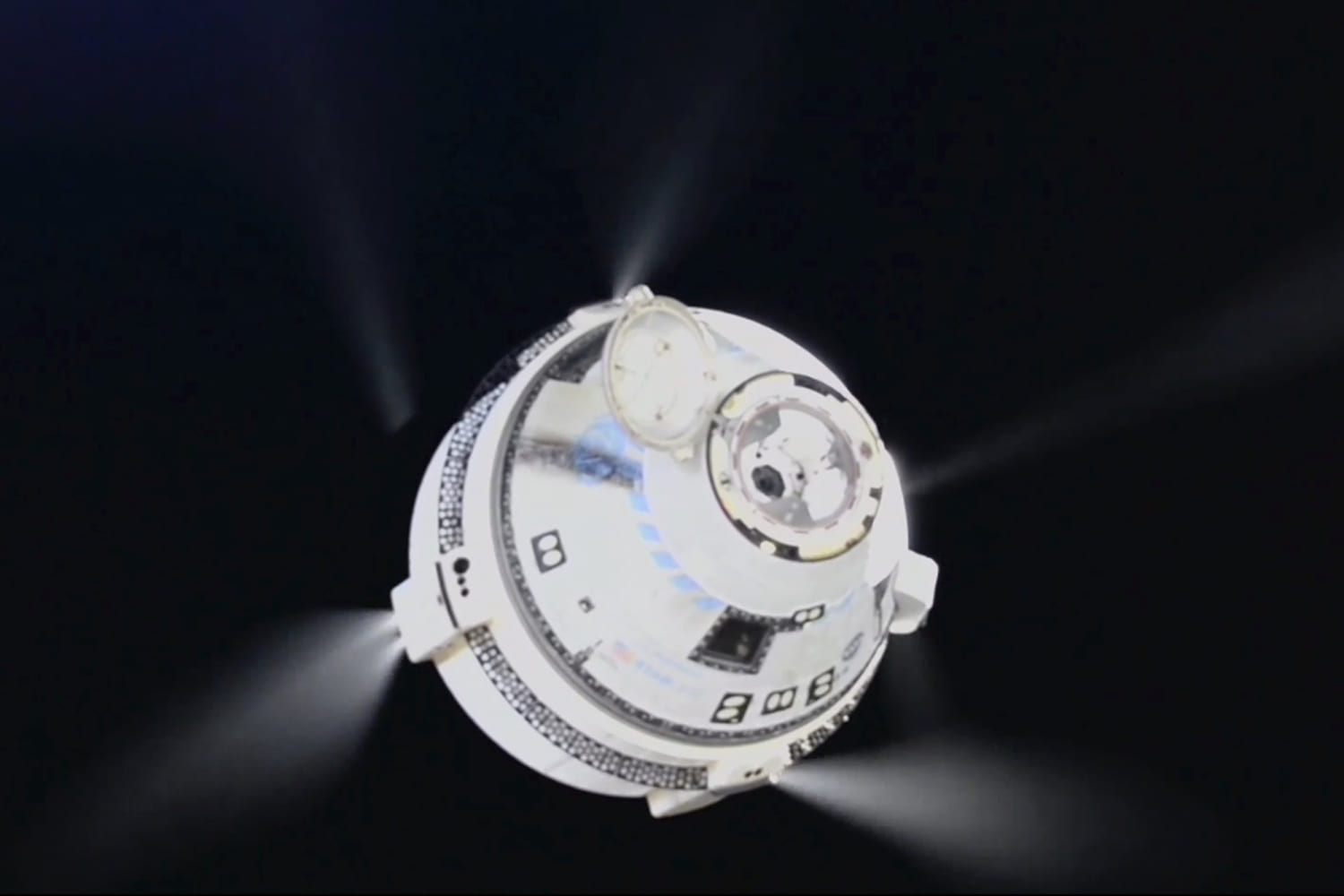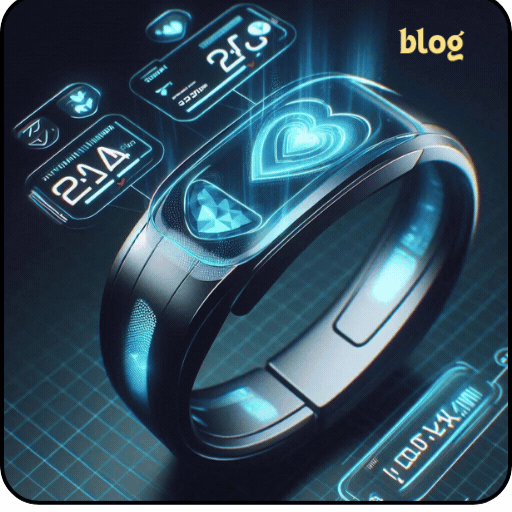
Wilmore and Williams were on hand to help with Starliner’s departure from the space station.
“We have your backs, and you’ve got this,” Williams radioed to mission controllers at NASA’s Johnson Space Center in Houston prior to the capsule’s undocking. “Bring her back to Earth. Good luck.”
Starliner’s return journey will be closely watched, as it marks the end of a dramatic few months for Boeing and NASA. The test flight was meant to demonstrate that the spacecraft could reliably ferry astronauts to and from low-Earth orbit, thereby paving the way for NASA to certify Boeing to conduct regular trips to the space station.
Instead, the thruster issues became the latest major setback for Boeing’s Starliner program, which even before the launch was more than $1.5 billion over budget and years behind schedule. An uncrewed test flight that NASA required of Boeing before its spacecraft could carry astronauts also went awry the first time, and the company had to repeat it in 2022.
NASA officials said earlier this week that the space agency is working with Boeing on modifications to Starliner’s thrusters. Additional analysis will be carried out once the vehicle is back and engineers have had a chance to evaluate how it performed.
To account for potential thruster malfunctions as Starliner begins its trip home, flight controllers modified the capsule’s normal undocking process. After detaching from the space station, Starliner autonomously flew up and away from the station to protect it in case something went wrong.
Preliminary data showed that the thrusters performed well on all 12 scheduled burns as it backed away, according to NASA.
In several hours, at 11:17 p.m. ET, Starliner’s engines will fire a 59-second “de-orbit burn” to slow the spacecraft and send it plummeting through Earth’s atmosphere. As it nears its landing site in New Mexico, parachutes will be deployed to slow the capsule, and airbags will deploy underneath the spacecraft to cushion its touchdown.
For Boeing, a successful return of its Starliner capsule will likely be bittersweet. If all goes smoothly, it may indicate that the NASA astronauts could have flown home safely on the spacecraft, even though the agency’s top officials voted unanimously to call on SpaceX for the return flight to minimize the risk of additional failures.
Boeing developed its Starliner spacecraft under NASA’s Commercial Crew Program, an initiative launched in 2011 to support privately built space vehicles in order to fill the gap left by NASA’s retired space shuttles. Rival company SpaceX developed its Crew Dragon spacecraft as part of the same program and has been conducting routine flights to and from the space station since 2020.












